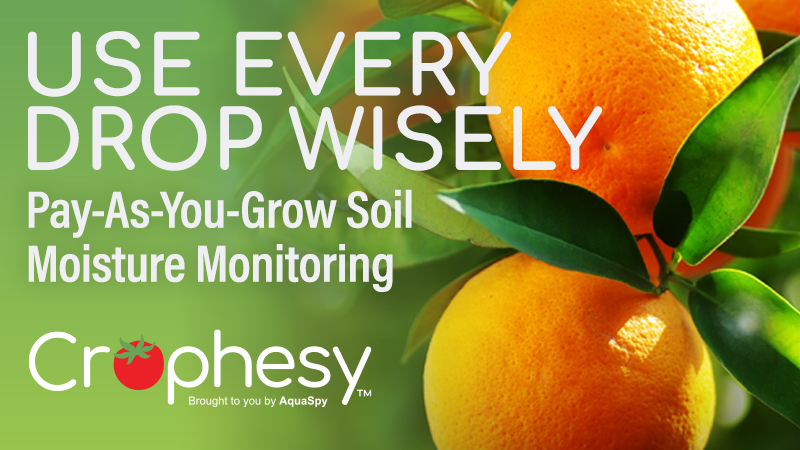Cultural Factors For Weed Control In Nuts
While observing many winter strip spray applications, it is possible to identify potential reasons for poor weed control observed in the spring and summer. This is not to imply that the choice of material is free from fault when weeds don’t die, but many cultural considerations have as much or more impact on the performance of herbicides.
When applying a fall or winter strip spray, factors such as chemical rates and proper calibration are obviously critical. However, even if these steps are performed correctly, other practices can negate their benefits. One common error is inadequate overlap of the spray from both sides of the tree trunk. This mistake results in “thin strips” of weed break-throughs in the center of the rows and near the trunks. As simple as this oversight seems, it occurs quite often.
Another common error is not using an offset or OC nozzle on the end of the boom. Turning up a standard flat fan nozzle at a 45-degree angle on the end gives very poor uniformity of distribution and does not compensate for the angle of the throw. The result is a very weak concentration of chemical at the end of the wetted area. This is probably the second most common reason for that “thin strip” of weeds in the row middles.
The blowing of leaf trash prior to strip spraying is not always practiced. If the application goes on early enough that no defoliation has occurred yet, this is not necessary. On the other end of the spectrum, if sprays aren’t applied until very late winter, the leaves may have fallen and decomposed sufficiently so that they have “melted” flat onto the soil and cannot be blown away by the wind, carrying away any material on its surface. Anywhere in between, and there is the potential for poor weed control due to the leaves either blocking the contact material from hitting emerged weeds, or preventing the residual materials from covering the soil. Blowing in front of the sprayer when newly fallen leaves are present is a must.
Bad Timing
If an orchard does not have the potential to incorporate residual materials with a winter irrigation in the absence of rain, poor control may occur due to materials either volatilizing into the air or decomposing before incorporation. Sometimes even with adequate rain to incorporate the chemical, some new weeds may have already emerged prior to activating the residual material. When this occurs, weeds may appear in the strips that are typically expected to be controlled by the specific material chosen. This is not a fault of the material but rather an unfortunate timing of incorporation.
One factor that occasionally is the cause of poor strip weed control is the use of “anti-drift” air-induction nozzles. These nozzles are excellent for their intended purpose of reducing fines that cause drift problems. However, when operating at the proper pressures to accomplish this, their pattern tends to be blotchy compared to standard flat fans. This is not a problem if the strip is bare soil, but if green weeds are present, this blotchiness may result in an incomplete kill of the existing weeds. This is especially pronounced when a burnback type of contact material is used instead of systemics.
Choice of materials, proper timing, and calibration are all important when applying a strip spray, but the physical cultural aspects of the application itself are equally important to assure a clean strip.










